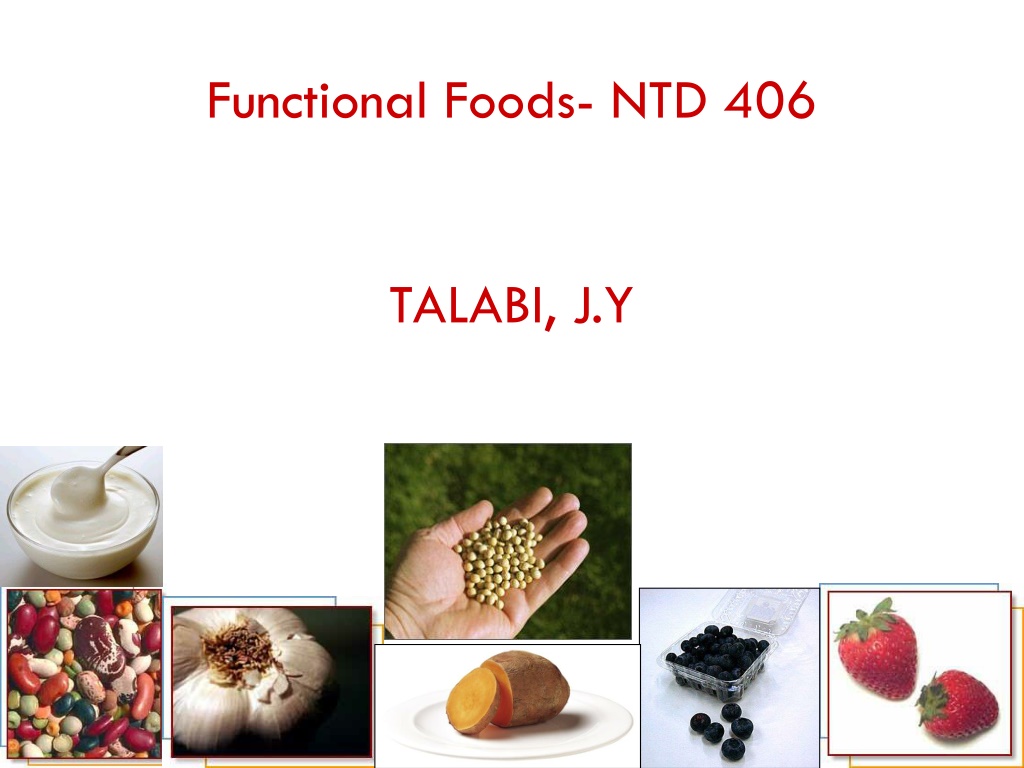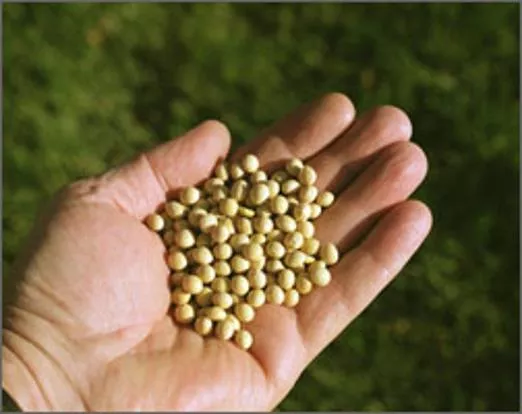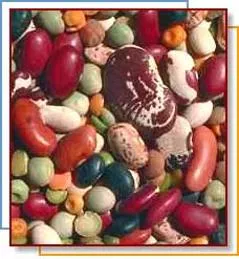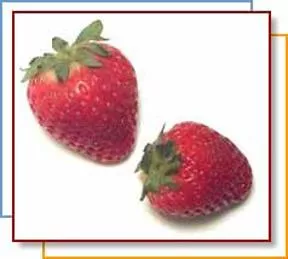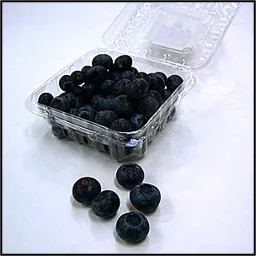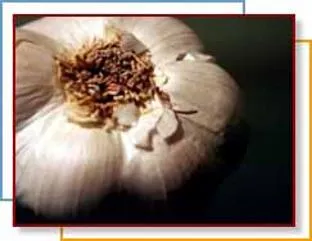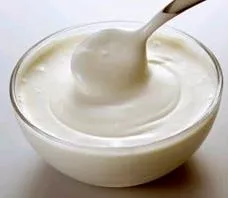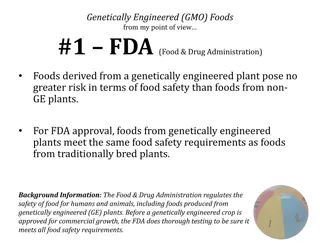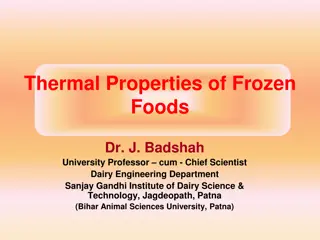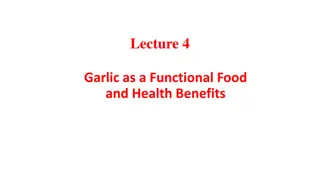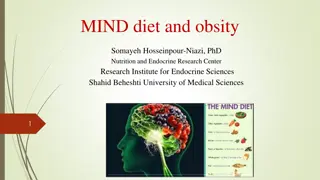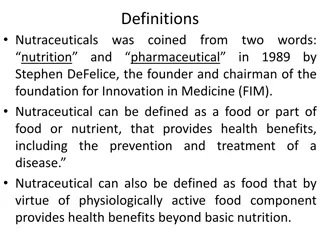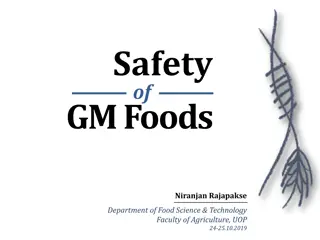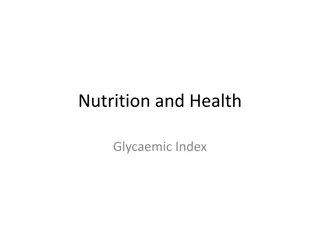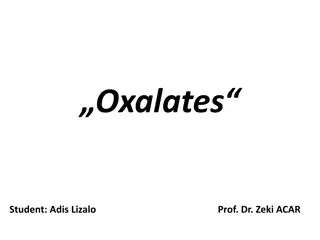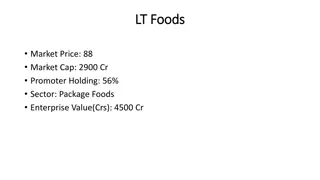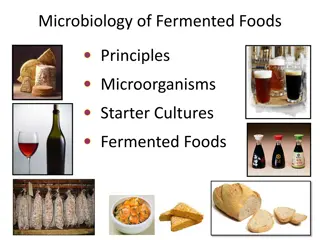Functional Foods for Health Benefits
Functional foods are dietary components consumed primarily for health reasons, providing benefits beyond basic nutrition. Types of functional foods include beans, berries, cruciferous vegetables, and cocoa products. Beans contain saponins that may help protect against cancers and lower cholesterol levels. Berries are rich in vitamin C and antioxidants, potentially reducing cancer rates and heart disease risk. Cruciferous vegetables like cabbage and broccoli are associated with a reduced risk of various cancers. Cocoa products exhibit high antioxidant capacity compared to other foods like tea, wine, and berries.
Download Presentation

Please find below an Image/Link to download the presentation.
The content on the website is provided AS IS for your information and personal use only. It may not be sold, licensed, or shared on other websites without obtaining consent from the author.If you encounter any issues during the download, it is possible that the publisher has removed the file from their server.
You are allowed to download the files provided on this website for personal or commercial use, subject to the condition that they are used lawfully. All files are the property of their respective owners.
The content on the website is provided AS IS for your information and personal use only. It may not be sold, licensed, or shared on other websites without obtaining consent from the author.
E N D
Presentation Transcript
Functional Foods- NTD 406 TALABI, J.Y 2006
Functional Foods Foods or dietary components that may provide a health benefit beyond basic nutrition Anything that is primarily consumed for health reasons. The food has some identified value leading to health benefit including risks of diseases for the person consuming it.
Types of Functional Foods Soy Spinach Sweet Potatoes Tea Tomatoes Nuts Whole grains Yogurt Beans Berries Cruciferous vegetables Chocolate Citrus fruits Pumpkin Fish
Beans The demand for bean products is growing because of the presence of several health-promoting compounds in edible bean products known as saponins, which are naturally occurring compounds widely distributed in all cells of legume plants. Clinical studies have suggested that saponins have the ability to: Help protect the human body against cancers Lower cholesterol Lower blood glucose responses
Berries Berries are loaded with vitamin C, potassium, and fiber. All berries with strong red and blue colors have phytochemicalsthat can potentially reduce cancer rates and other chronic diseases. Because of the antioxidant power found in strawberries, regular consumption of this fruit has been shown to have the potential to lower one s risk of heart disease.
Cruciferous Vegetables Cabbage is an inexpensive source of vitamins A and C, and dietary fiber. Broccoli vitamins A and C, potassium, folacin, iron, and fiber. It has as much calcium as milk. The consumption of cruciferous vegetables has been associated with a reduced risk of cancer of the lung, stomach, colon, and rectum. is a good source of: 2006
Cruciferous Vegetables Health Benefits The consumption of cruciferous vegetables has been associated with a reduced risk of cancer of the lung, stomach, colon, and rectum. 2006
Cocoa Products Cocoa and chocolate are food products made from cocoa beans. Cocoa powder and cocoa extracts have been shown to exhibit a high antioxidant capacity. When compared to several other flavanol-rich foods and food extracts, cocoa powder and cocoa extracts were found to exhibit a higher antioxidant capacity than: Green and black tea Red wine Blueberries Garlic Strawberries
Cocoa Products The antioxidants found in cocoa enhance vascular function and decrease platelet stickiness and therefore influence the cardiovascular system beneficially. Several studies support the suggestion that the consumption of flavanol-rich foods, such cocoa powders and dark chocolates, may be associated with a reduced risk for cardiovascular disease.
Tomatoes Lycopene is the pigment principally responsible for the deep-red color of ripe tomato fruits and tomato products. The consumption of tomatoes and tomato products containing lycopene have been shown to be associated with decreased risk of chronic diseases like cancer and cardiovascular diseases. Studies have found that tomato paste and other processed tomato products are even more effective than fresh tomatoes in preventing prostate cancer. This is because processing converts much of the trans-form of lycopene found in fresh tomatoes into the cis-form, which is much more readily taken up in humans. Studies have also shown that lycopene inhibits cholesterol synthesis and enhances the breakdown of the bad cholesterol, low-density lipoprotein (LDL).
Nuts Nuts do not contain cholesterol. Nuts only (Unless it has been added to the nuts during processing) contain trace amounts of sodium. Nuts are usually thought of as a high fat food. Although, this is true nuts are high in fat-- it is not the same as animal fat. Nuts are mostly high in heart-healthy unsaturated fats, the fats that lower bad cholesterol. Walnuts: The type of omega-3 FA found in walnuts is alpha- linolenic acid, which can be transformed into either EPA or DHA in humans and animals. Peanuts : Roasted peanuts provides about 10% of the daily value for folate. Folate is a B vitamin that has been recognized for some time now, particularly for women of childbearing age, as it is believed to help reduce the incidence of birth defects and lower the risk of heart disease.
Whole Grains A whole grain is a grain that contains the entire grain kernel: -Outer bran layer :rich in B vitamins and phytonutrients such as flavonoids along with a small amount of protein -Endosperm: Mostly carbohydrates -Inner germ layer: Concentrated with minerals such as iron and zinc, along with the antioxidant vitamin E. Regular consumption of whole grain foods has been associated with a reduction in: Incidence of cardiovascular disease Incidence of diabetes Cancer mortality at certain sites Premature death
Yoghurt In recent years, many studies have been published on the heath effects of yoghurt and the bacterial cultures used in the production of yogurt. The lactic acid-producing bacteria (LAB) used Include Lactobacillus and Streptococcus species Dairy products are generally considered an excellent source of high-quality protein, calcium, potassium, phosphorus, magnesium, zinc, and the B vitamins riboflavin, niacin, vitamin B-6, and vitamin B-12.
Benefits of Yoghurt In 2002, a definition was proposed by the Joint Food and Agriculture Organization/World Health Organization Working Group. They state that a probiotic is a: Live microorganism which when administered in adequate amounts confer a health benefit to the host. The benefits of yogurt and LAB on gastrointestinal health have been explored mainly in animal models and, occasionally in human subjects as well. In some studies using yogurt, individual LAB species, or both, promising health benefits were found for individuals with: Lactose Intolerance Constipation Diarrheal diseases Colon Cancer Inflammatory Bowel Disease (IBD) Helicobacter pylori infection Allergies
Oranges Oranges are highly valued for their vitamin C content. They are the primary source of vitamin C for most Americans. However, oranges are also a good source of: folacin, calcium, potassium, thiamin, niacin, and magnesium. The juice contains more vitamin C per serving than does the whole fruit. However orange juice does not contain fiber, whereas the fruit does. Oranges belong to a class known as citrus fruits. Citrus fruits contain phytochemicals called flavonoids. The flavonoid hesperidin was first described about two centuries ago. Research throughout past years has confirmed that hesperidin is an anti- inflammatory agent used to treat many conditions. Hesperidin blocks an enzyme involved in an inflammatory reaction such as the release of histamine.
Oranges Research has shown that citrus flavonoids and their metabolites are potent antioxidants. It is believed that they are able to suppress many of the events of cancer and inflammation which involve reactive oxygen species. Some of the flavonoids in citrus fruits such as tangerine and orange are the most potent cancer fighting compounds, particularly against lung and prostate cancer cells.
Sweet Potatoes It is low in sodium and is a good source of fiber and other important vitamins and minerals. Because sweet potatoes are a good source of beta carotene, consumption of this food is likely to help reduce the risk of certain cancers. One baked sweet potato (3 ounce serving) provides about twice the recommended daily allowance for vitamin A. This nutritious vegetable provides: 42 percent of the Recommended Daily Allowance (RDA) for vitamin C 6 percent of the RDA for calcium 10 percent of the RDA for iron 8 percent of the RDA for thiamine for healthy adults.
Soy Bean There is a growing recognition of the health effects of soy bean on cholesterol levels. The protein part is believed to be responsible for the additional benefits seen from soy consumption, which are: Cholesterol-lowering effects Blood pressure-lowering effects Reduction of cancer risks Favorable effects on kidney function Soy bean has phytoestrogens called isoflavones. Soy isoflavones are believed to play a role in prostate cancer, where supplementation with isoflavones has shown a reduction in prostate cancer risk in studies.
Spinach Spinach is one of the most important antioxidative vegetables and is consumed either fresh or cooked. Spinach is composed of various active compounds, such as flavonoids and other polyphenolic active ingredients. These compounds are believed to act in combination with one another as: Anti-inflammatory agents Antioxidative agents Anticancer agents
Tea Tea, in the form of green or black tea, is one of the most widely consumed beverages in the world. Although its consumption does varies from place to place, it is believed to be second only to water. Black tea is consumed predominantly in Western countries, along with some Asian countries, whereas green tea is consumed predominantly in China, Japan, India, and a number of countries in north Africa and the Middle East.
Green Tea Overview Green tea comes from the mature leaves of the plant and is sold as either fresh or dried unfermented leaves. The very early shoots are highly sought after and from these, white tea is made. Total polyphenols in these early shoots comprise about 20-30% by weight, 60 to 80 percent of which are catechins. Mature leaves naturally contain lesser amounts of catechins than do the early leaves, and with the processing of green tea, the concentration is further decreased (~15%).
Green Tea Health Effects The catechins found in green tea have been shown to possess biological activity which may be beneficial in the prevention and treatment of various forms of cancer. Green tea is also believed to exhibit beneficial effects on the following: Arthritis Bone Density Stress In addition, it has also found to exhibit: Antiviral properties Anticariogenic effects Ultraviolet skin protection
Black Tea Unlike green tea, the preparation of black tea requires fermentation. During this process, catechins in black tea are partially converted to theaflavins. A less extensive fermentation leads to a lighter flavored tea, called oolong tea. Therefore, of the teas mentioned, white tea has the highest concentration of catechins, followed by green tea, oolong tea and, lastly, black tea.
Fish There are two classes of essential fatty acids: omega-3 and omega-6. Fish oil is the most significant source of dietary omega-3 fatty acid, and it consists of both: eicosapentaenoic acid (EPA) and docosahexaenoic acid (DHA). Fish is a good source of protein and low in saturated fat. The following types of fish are especially good sources of omega-3 fatty acids: Mackerel Herring Sardines Tuna Salmon Numerous observational studies have shown that omega-3 FA enriched diets are associated with a reduction of: Cardiovascular mortality Heart attack Sudden death
